One of the more difficult—yet quite satisfying—forms of photography is capturing those fast moving small birds. They never stop jumping around and they are very fast, so it can be a little more difficult than other forms of photography. However, with the right equipment and patience you can become an excellent bird photographer.
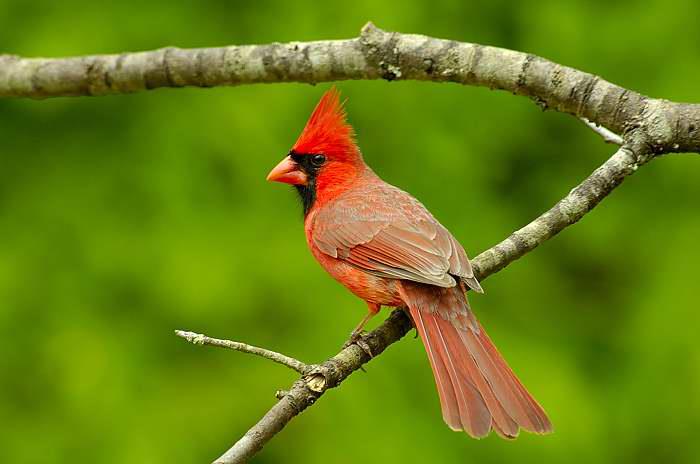
Let me give you a few tips that have helped me capture some great bird images over the years. Since a bird is extremely active you must find a way to get them to sit still long enough to take a picture while having lenses with enough reach to capture birds.
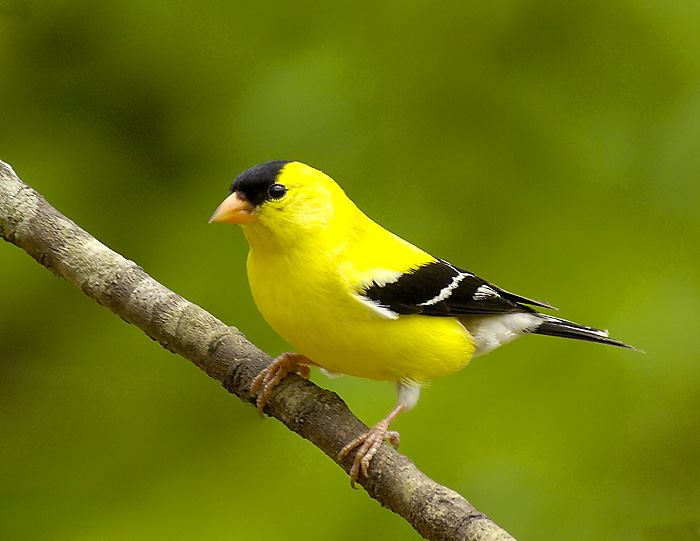
Tip # 1: Set up a bird feeder in your yard, not far from your house. Often, birds will land on limbs near the feeder to wait their turn, allowing you to get shots like the ones shown in this article. You can even set up a feeder within a few feet of a window in your home and shoot from a relatively close distance with a lens as short as 200 mm and get good images. Shooting from inside the house is comfortable for you and not stressful for the birds because they can’t really see you well. Use a tripod for maximum sharpness and raise the window so you aren’t shooting through glass.
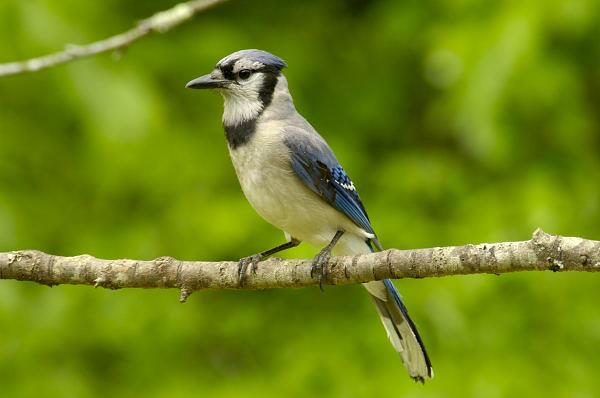
Tip # 2: If you are unable to set up a feeder close to a window of your home, you may still be able to set up a feeder where you can have access to the birds. I have found that, over a period of a few days, a group of birds regularly feeding at a feeder will come to accept a human who wears the same clothes each time, sits in a chair, and moves very slowly. You start off with the chair a good distance from the bird feeder and over a period of days move it closer. I have gotten within about 20 feet of my feeders using this method. After a few days of not being attacked by you, the birds accept that you are a part of the scenery and basically ignore you and your camera noises, as long as you do not move quickly. They are hungry and want to eat!

Tip # 3: Use the longest lens you have. 200 mm is the absolute minimum, while 300–600 mm is much better. Most of these images were taken with my 400mm. Birds are tiny and move in a jerky fashion. Use the fastest shutter speed you can, at a minimum of 1/250s, and if possible 1/500s and up. It is a little hard to stop a bird’s movements, so plan on taking lots of pictures to get a few good ones. Digital photography is ideal for this! Apertures will be large due to the fast shutter speeds so the background should have some nice blur, calling attention to the sharper birds. Keep your camera’s ISO sensitivity as low as possible to reduce digital noise, while remembering to keep the shutter speed high enough to stop movement. Most DSLR cameras can shoot at 400–800 ISO with little noise, these days.
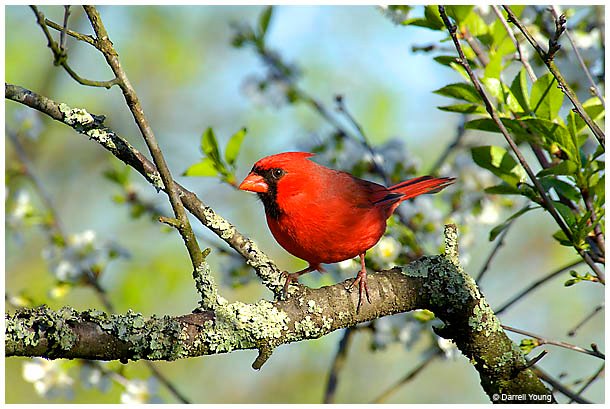
Tip # 4: It helps to position a bird feeder or two in an actual tree, or directly below one. Having a few limbs near a feeder give you the opportunity to shoot pictures of the birds in a natural environment. As previously mentioned, a few limbs near the feeder give the birds a place to land and queue up for their turn at the feeders. It has been my experience that the tree near the feeder will always be full of a variety of birds, giving you plenty of potential subjects.
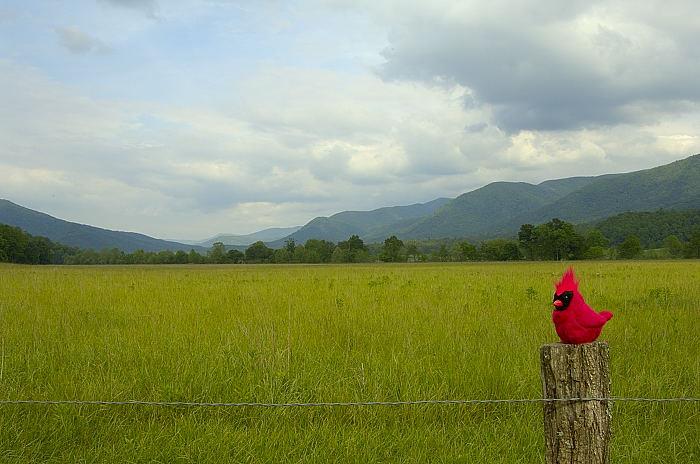
I hope you will give bird photography a try. It is very satisfying and appealing to most everyone who sees your images. If you don’t do well at it, you can always try another approach. Go to a beautiful area and take some stuffed birds with you to plant on a fence post. Stuffed birds are generally pretty cooperative, like the boss King Cardinal in my last picture.
Just kidding about the stuffed birds, of course! You will do well at bird photography if you don’t give up and practice it regularly. It is a form of photography that requires a lot of patience and good fortune.
Keep on capturing time…
Darrell Young
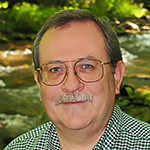
Darrell Young is an active member of the Nikonians User Community, Nikon Professional Services (NPS), Professional Photographers of America (PPA), North American Nature Photography Association (NANPA), and the author of 24 photography books from NikoniansPress and Picture and Pen Press, through Rocky Nook. You may review a few of Darrell’s Nikon books here. He has been an avid photographer since 1968 when his mother gave him a Brownie Hawkeye camera.
This website was created to support the readers of his educational books, photography students, and clients. Visitors to this website will find articles and reviews designed to inform, teach, and help you enjoy your photographic journey.
Join Darrell on Facebook, Instagram, and Twitter
Darrell Young
Darrell, what autofocus settings would you recommend to shooting fashion parades, asumming you are in front of the models who are walking towards you?
Thanks in advance!